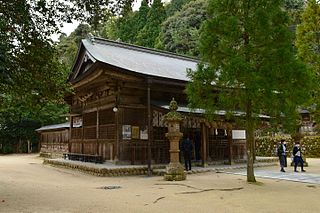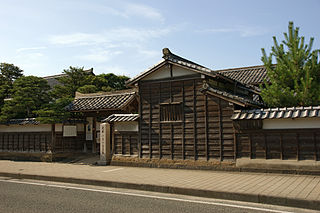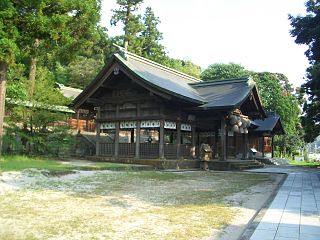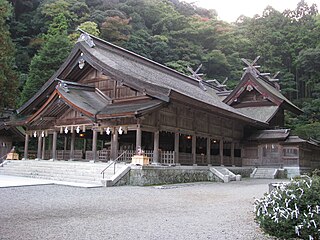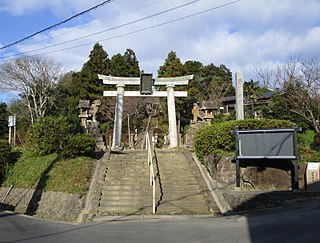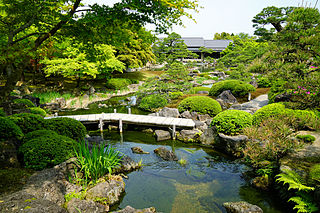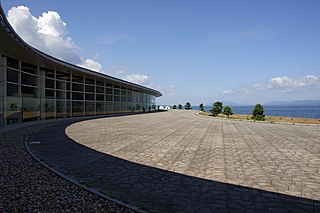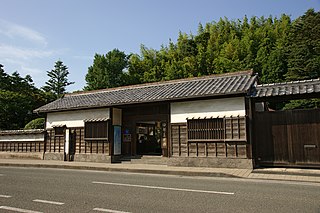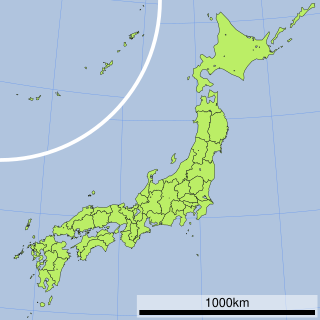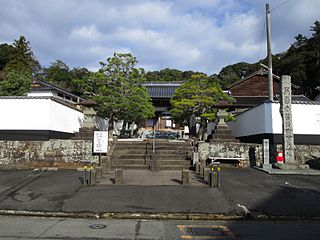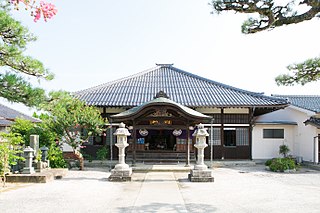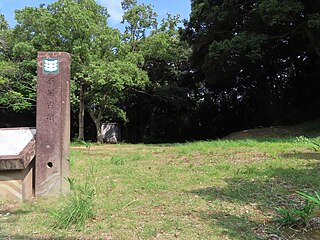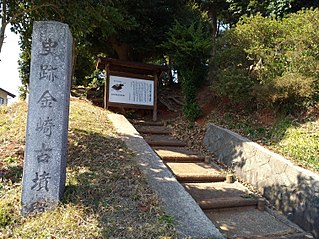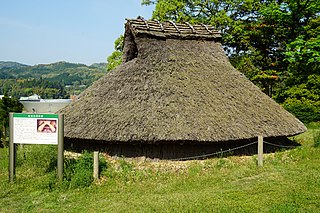17 Sights in Matsue, Japan (with Map and Images)
Legend
Welcome to your journey through the most beautiful sights in Matsue, Japan! Whether you want to discover the city's historical treasures or experience its modern highlights, you'll find everything your heart desires here. Be inspired by our selection and plan your unforgettable adventure in Matsue. Dive into the diversity of this fascinating city and discover everything it has to offer.
Activities in Matsue1. 玉作湯神社
Tamasakuyu Shrine (Tamazukuri Yujinja, Tamazukuyu Shrine) is a shrine located in Tamazoku, Tamayu-cho, Matsue City, Shimane Prefecture, Japan. It is a Shikiuchi company, and the former company name is a prefectural company. The divine crest is "double tortoiseshell with a round ball tube ball".
2. Lafcadio Hearn Former Residence
Koizumi Yakumo's Former Residence is a literary museum housed in a historical building located in Shiomi Nawate, Matsue City, Shimane Prefecture. It has been designated as a national historic site. It is also called the former residence of Hern.
3. 揖夜神社
Ifuya Shrine is a shrine located in Iiya, Higashi-Izumo-cho, Matsue City, Shimane Prefecture, Japan. One of the six companies. The former company name was a township company, and later a prefectural company. It is located near the Hijo site of Hirasaka, which appears in the myth of Kiki. In addition, on Mt. Hiba in neighboring Yasugi City, there is a shrine of the god Iinami, which is recorded in the Kojiki as a related shrine.
4. Miho Shrine
Miho Jinja (美保神社) is a Shinto shrine in Matsue, Shimane Prefecture, Japan. The Taisha-zukuri Honden of 1813 is an Important Cultural Property. A collection of 846 musical instruments dedicated to the shrine, and two dugout-canoes used in the Morotabune rite have been designated as Important Tangible Folk Cultural Property.
5. 田原神社
Tahara Shrine is a shrine located in Okutani Town, Matsue City, Shimane Prefecture. Originally, there were two companies, but in the second year of Enpo (1674) in the Edo period, they were combined into one company. Former prefectural company.
6. Yūshi Garden
Yushien is a Japan garden located on Daikon Island in Yatsuka-cho, Matsue City, Shimane Prefecture, Japan. In addition to the thriving cultivation of peonies, it is also famous as a ginseng production area, and has a Yunzhou Ginseng Museum.
7. Shimane Art Museum
The Shimane Art Museum opened in Matsue, Shimane Prefecture, Japan in 1999. Designed by Kiyonori Kikutake and with a total floor area of 12,500 square metres, it houses a collection of Japanese and Western art, including Momoyama folding screens and paintings by Corot, Sisley, Monet, and Gauguin.
8. 六所神社
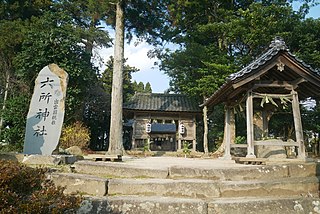
Rokusho Shrine is a shrine located in Ōkusa, Matsue City, Shimane Prefecture, Japan. One of the six companies. It is the Izumo Kokuni General Company, and the former company status is a prefectural company. It sits on the site of the former Izumo Kokufu.
9. Kamosu Shrine
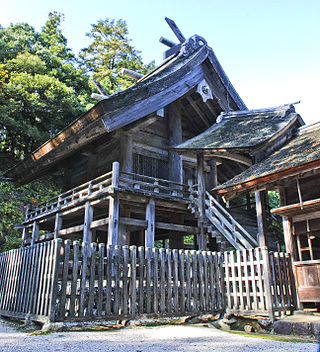
Kamosu Jinja (神魂神社) is a Shinto shrine in Matsue, Shimane Prefecture, Japan. The Taisha-zukuri Honden of 1583 is a National Treasure. The coeval branch Inari shrine is an Important Cultural Property.
10. 田部美術館
The Tanabe Art Museum was established in Matsue, Shimane Prefecture, Japan in 1979. Designed by Kiyonori Kikutake and with a total floor area of 854 sqm, it houses a collection of tea ceremony implements and other treasures acquired by the local Tanabe clan.
11. 真名井神社
Manai Shrine (ま名じja, 真名井神社) is a shrine located in Yamashiro, Matsue City, Shimane Prefecture, Japan. It is one of the six companies and the former company name is Murasha. It sits in the southeast of Mt. Chausu, which is compared to the god name Hino of Izumo Province Fudoki.
12. 京羅木山
Mt. Kyoragi is a mountain that rises on the border between Matsue City and Yasugi City in Shimane Prefecture. In the "Izumo Country Fudoki", it was called "Koyasan". From the top, you can see Mt. Oyama, Nakaumi, and Lake Shinji.
13. 桐岳寺
Togakuji Temple is a temple of the Soto sect located in Okutani-cho, Matsue City, Shimane Prefecture, and is the Bodhi Temple of Kojiro, the second son of the first Matsue feudal lord Tadashi Horio. In the precincts, there is a five-ring pagoda-style tomb of Kojiro, five hundred arhats, and so on. In the cemetery, there are the graves of Kiyohara Taibei, a Matsue clan officer who carved out the Sata River in the Edo period, and Takigawa Kametaro, a Chinese scholar famous for his research on the Shiki.
14. 長満寺
Chomanji is a Nichiren sect temple located in Teramachi, Matsue City, Shimane Prefecture, with the mountain name Enkyuzan. The former head temple is Honkokuji (Rokujomon school), and it is affiliated with the Shinshi school. The area is known as Teramachi, which includes other temples such as Jokoji, Kunsei-ji, and Myoko-ji.
15. 石屋古墳
Ishiya Kofun (石屋古墳) is a Kofun period burial mound, located on the border of the Yata-chō and Higashitsuda-chō neighborhoods of the city of Matsue, Shimane in the San'in region of Japan. The tumulus was designated a National Historic Site of Japan in 1979. It is one of the largest rectangular tombs in the San'in region and is in good preservation.
16. 金崎古墳群
The Kinzaki Kofun cluster is a group of Kofun period burial mounds located in Nishikawatsu neighborhood of the city of Matsue, Shimane Prefecture, in the San'in region of Japan. The tumuli were collectively designated a National Historic Site in 1957.
17. 出雲玉作史跡公園
The Izumo Tamazukuri site is an archaeological site in the Tamayu-chō neighborhood of the city of Matsue, Shimane Prefecture, in the San'in region of western Japan. It contains the traces of a number of workshops from the Kofun period where magatama and other beads were produced, It was designated a National Historic Site in 1922, with the area under protection expanded in 2004. The excavated items from this site were collectively designated a National Important Cultural Property in 1977.
Share
Disclaimer Please be aware of your surroundings and do not enter private property. We are not liable for any damages that occur during the tours.
